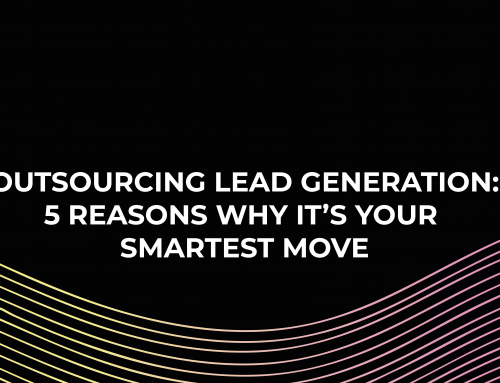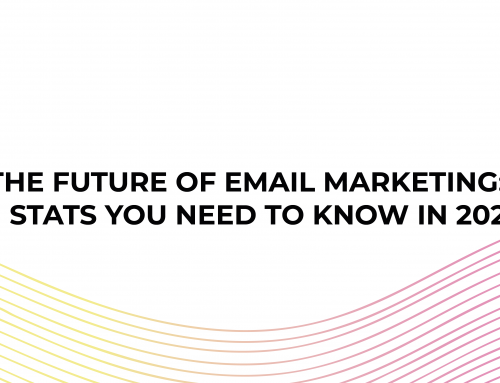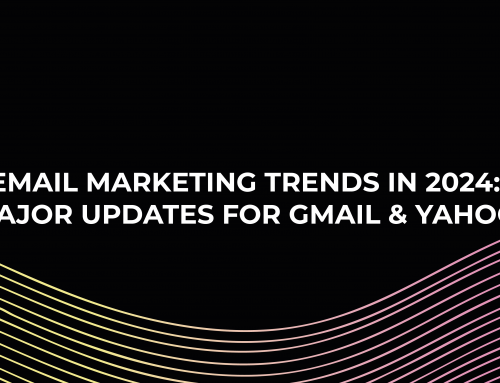You’ve probably tried cold email marketing for your insurance company before, or at least given it some thought. If you aren’t fully utilising email outreach already, now is probably a good time to start. Email marketing is a fairly easy procedure to set up and has large potential upsides for client growth and retention.
In this Inboxx guide, we’ll give you the ins and outs of cold email marketing, and why insurance companies should be utilising cold emails.
But, let’s start with the definition.
What Is Cold Email Marketing?
Cold emails are messages you send to individuals that aren’t aware of you. These require an additional personal touch. Reach out to these leads directly with a personalised message that shows you have done some homework. The main goal here is to make that first contact, show them you offer products or services that might interest them, and open the door for further conversation.
Benefits of Cold Email Marketing in the Insurance Industry
Compared to the other digital options in this modern age, email marketing persists to establish itself as a powerful way to grow your business. On average, it delivers a $36 return on investment for every $1 spent.
For insurance companies, there are only a few marketing methods that support their goals effectively. Cold Email marketing provides an effortless way to maintain regular communication with your prospects and to maintain and build relationships effortlessly.
Cold Email Marketing’s Advantages for Insurance Institutions
Here’s why you shouldn’t allow your fears to prevent you from including email in your entire digital marketing strategy.
- Cold email marketing is more personal and direct than other marketing methods.
- You may use data to assist individuals in bettering their insurance conditions by providing targeted tools and unique offers.
- Because email needs permission, the individuals on your list are interested in hearing from you. They might benefit from your assistance in managing and maximising their money as well. Use a “help first, sell later” strategy for the greatest results.
- Unlike conventional marketing methods like radio, billboards, print, and television, email marketing is a low-cost investment.
- Divide your email list into categories based on their requirements and objectives, such as new customer onboarding, education, lead nurturing, and so on.
- It’s “future-proof,” which means that most people anticipate email to be there for a long time.
Creating the Best Email Campaign for an Insurance Services Company
Many marketers refer to a marketing channel failure as a failure to pivot inside that channel. Let’s look at some of the ways marketers may build an email campaign to match better an insurance services brand in today’s business world.
Your Subject Line
The importance of subject lines cannot be overstated. Longer subject lines fare better than shorter ones. This is why.
The contemporary digital consumer is programmed to tune out sales communications. And commercial communications are often brief, but informative ones are lengthy.
This is why subject lines featuring a percentage or statistic outperform all others across sectors and buyer profiles.
Aim for 65 characters or less email subject line for the greatest results. However, if you know that most of your clients view your email using mobile devices, ensure that the first 25 characters convey your message. Many mobile devices limit the length of a subject line to 25–30 characters.
Reducing the List
Always sanitise your email list for the most outstanding results. You don’t have to retain everyone on your email list, hoping that low-interest prospects would ultimately change their minds.
On the other hand, hard bounces should be seen as an indication that your message needs to be adjusted. You may re-engage these stagnant leads once you’ve altered the message.
Another reason to reduce your list is that you need to concentrate your efforts on communicating with those interested in your business. Once you’ve identified these individuals, you may craft communications that are tailored precisely to them. This is expected to increase engagement and click-through rates.
Campaigns with Multiple Variables
Always think about testing fewer variables in your emails. Testing out different elements of the campaign. Try different subject lines, or perhaps you should use more text, and see if that makes a difference.
You won’t know until you include some A/B testing in the mix.
Test various campaigns on different buyer profiles if you have them. Not only will you be able to locate the most successful email design, but you will also be able to concentrate on the profiles that react best to your campaigns.
Email Authentication That Works
Additionally, ensure that you have been authorised as an email producer. It would help to get acquainted with acronyms such as DMARC, SPF, and DKIM. Email spam filters will grow more effective over time in weeding out emails that have not been adequately authorised.
Always entertain or inform your audience.
Finally, ensure that the content of your email provides your target consumer with either fun or information constantly.
Because most individuals do not pay their full attention to email, you will continuously have to fight for your audience’s eyes and ears. Consider the following figures:
- 70% of individuals check their email while watching television.
- 52% check their email when lying in bed.
- 50% of the time, people check it while on vacation.
- While on the phone, 43% check their email.
- 42% of people use the restroom while reading your messages.
Mobile-Friendly Emails
Your email is more likely to be viewed on a mobile device than a desktop computer these days. So, remember to make sure it’s easy to read and skim on a small screen.
Creating One-Person Message
Use the pronoun ‘you,’ and attempt to write as many phrases as you can from your customer’s point of view. “You need money to acquire a new automobile; we can assist with simple auto loans,” for example, is preferable to “We provide reasonable auto loans to help you get back on the road.”
A Call-to-Action
Believe it or not, customers like to be instructed on what to do. As a result, always include a compelling call to action in your emails.
When creating the perfect Call to Action, consider how well your readers already know your business and what you have to offer. Keep in mind where they are in the sales nurturing process. For example, “learn more” is a less demanding request than “apply immediately.” When your CTA and audience are well-matched, your campaigns will be more successful.
Maintaining Client’s Interest
After your consumer opens your email, how do you keep them reading? Using passion and detaileddescriptionsn, as well as brief phrases and skimmable bullet lists, will all increase the probability that your consumer will read through your message.




